Thank you for downloading this Simon & Schuster eBook.
Join our mailing list and get updates on new releases, deals, bonus content and other great books from Simon & Schuster.
C LICK H ERE T O S IGN U P
or visit us online to sign up at
eBookNews.SimonandSchuster.com
We hope you enjoyed reading this Simon & Schuster eBook.
Join our mailing list and get updates on new releases, deals, bonus content and other great books from Simon & Schuster.
C LICK H ERE T O S IGN U P
or visit us online to sign up at
eBookNews.SimonandSchuster.com
ALSO BY
D AVID M c C ULLOUGH
The Greater Journey
1776
John Adams
Truman
Brave Companions
Mornings on Horseback
The Path Between the Seas
The Great Bridge
The Johnstown Flood

SIMON & SCHUSTER
1230 Avenue of the Americas
New York, NY 10020
www.SimonandSchuster.com
Copyright 2015 by David McCullough
All rights reserved, including the right to reproduce this book or portions thereof in any form whatsoever. For information address Simon & Schuster Subsidiary Rights Department, 1230 Avenue of the Americas, New York, NY 10020.
First Simon & Schuster hardcover edition May 2015
SIMON & SCHUSTER and colophon are registered trademarks of Simon & Schuster, Inc.
For information about special discounts for bulk purchases, please contact Simon & Schuster Special Sales at 1-866-506-1949 or .
The Simon & Schuster Speakers Bureau can bring authors to your live event. For more information or to book an event contact the Simon & Schuster Speakers Bureau at 1-866-248-3049 or visit our website at www.simonspeakers.com.
Interior design by Amy Hill
Jacket design by Wendell Minor
Jacket photographs Library of Congress, Prints & Photographs Division
Author photograph by William B. McCullough
Front endpaper: The Wright Brothers confer beside their 1904 airplane at their cow-pasture testing ground, Huffman Prairie, outside Dayton.
Back endpaper: Wilbur Wright flies past New York City on his October 4, 1909 flight up the Hudson River and back, a spectacle like none ever before and witnessed by more than a million people.
Both endpapers courtesy of Special Collections and Archives, Wright State University
Library of Congress Cataloging-in-Publication Data is available.
ISBN 978-1-4767-2874-2
ISBN 978-1-4767-2876-6 (ebook)
For Rosalee
No bird soars in a calm.
WILBUR WRIGHT
CONTENTS
PROLOGUE
F rom ancient times and into the Middle Ages, man had dreamed of taking to the sky, of soaring into the blue like the birds. One savant in Spain in the year 875 is known to have covered himself with feathers in the attempt. Others devised wings of their own design and jumped from rooftops and towerssome to their deathsin Constantinople, Nuremberg, Perugia. Learned monks conceived schemes on paper. And starting about 1490, Leonardo da Vinci made the most serious studies. He felt predestined to study flight, he said, and related a childhood memory of a kite flying down onto his cradle.
According to brothers Wilbur and Orville Wright of Dayton, Ohio, it began for them with a toy from France, a small helicopter brought home by their father, Bishop Milton Wright, a great believer in the educational value of toys. The creation of a French experimenter of the nineteenth century, Alphonse Pnaud, it was little more than a stick with twin propellers and twisted rubber bands, and probably cost 50 cents. Look here, boys, said the Bishop, something concealed in his hands. When he let go it flew to the ceiling. They called it the bat.
Orvilles first teacher in grade school, Ida Palmer, would remember him at his desk tinkering with bits of wood. Asked what he was up to, he told her he was making a machine of a kind that he and his brother were going to fly someday.
Part I


CHAPTER ONE

Beginnings
If I were giving a young man advice as to how he might succeed in life, I would say to him, pick out a good father and mother, and begin life in Ohio.
WILBUR WRIGHT
I.
I n as strong a photograph as any taken of the brothers together, they sit side by side on the back porch steps of the Wright family home on a small side street on the west end of Dayton, Ohio. The year was 1909, the peak of their fame. Wilbur was forty-two, Orville thirty-eight. Wilbur, with a long poker face, looks off to one side, as though his mind were on other things, which most likely it was. He is lean, almost gaunt, long of nose and chin, clean-shaven, and bald. He wears a plain dark suit and high-laced shoes, much in the manner of their preacher father.
Orville gazes straight at the camera, one leg crossed nonchalantly over the other. He is a bit stouter and younger-looking than his brother and has a touch more hair, in addition to a well-trimmed mustache. He wears a lighter-toned, noticeably better-tailored suit, snappy argyle socks, and wingtips. The argyles were about as far in the direction of frippery as any of the Wright men would ever go. Prominent, too, in the pose, appropriately, are the hands, the highly skilled hands that, by the time the picture was taken, had played a substantial part in bringing miraculous change to the world.
To judge by the expressions on their faces, they had little if any sense of humor, which was hardly the case. Neither liked having his picture taken. Truth to tell, one reporter wrote, the camera is no friend either to the brothers. But what is most uncharacteristic about the pose is that they sit doing nothing, something they almost never succumbed to.
As others in Dayton knew, the two were remarkably self-contained, ever industrious, and virtually inseparable. Inseparable as twins, their father would say, and indispensable to each other.
They lived in the same house, worked together six days a week, ate their meals together, kept their money in a joint bank account, even thought together, Wilbur said. Their eyes were the same gray-blue, though Orvilles were less predominant and closer together. Their handwriting was quite alikeconsistently straight and legibleand their voices so alike that someone hearing them from another room had trouble knowing which was doing the talking.
If Orville was always noticeably better dressed, Wilbur, at five feet ten, stood an inch or so taller and as would be said more often in France than Dayton, women found him somewhat mysterious and quite attractive.
Both loved musicWilbur played the harmonica, Orville, the mandolin. At work they sometimes found themselves spontaneously whistling or humming the same tune at the same time. Both were strongly attached to home. Both liked to cook. Biscuits and candy were Orvilles specialties. Wilbur took pride in his gravy, and for the Thanksgiving or Christmas turkey insisted on taking charge of the stuffing.
Like the father and their sister Katharine, the brothers had tremendous energy, and working hard every day but Sunday was a way of life, and if not on the job then at home on improvements. Hard work was a conviction, and they were at their best and happiest working together on their own projects at the same waist-high bench, wearing shop aprons to protect their suits and ties.
Next page

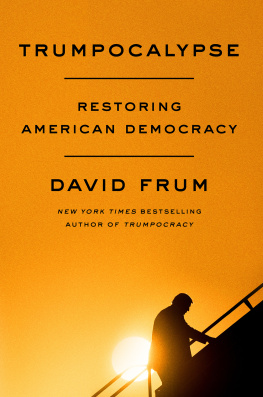
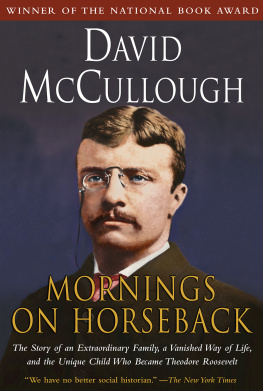

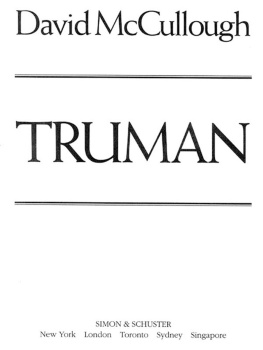
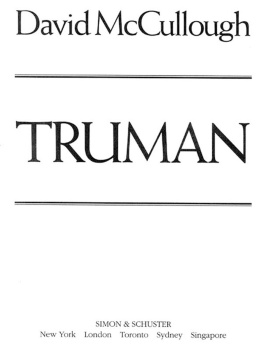
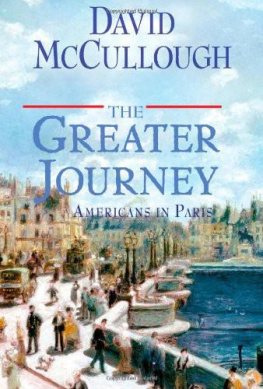
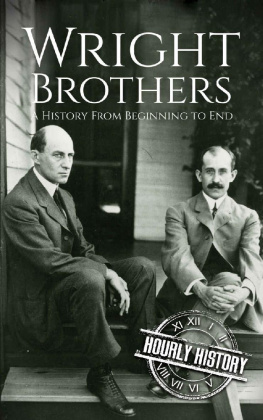
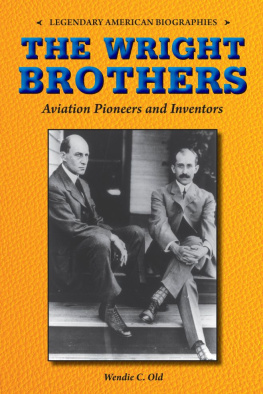
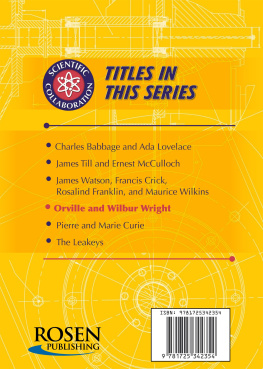
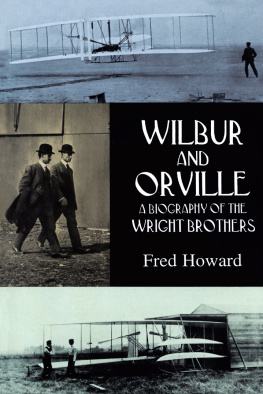

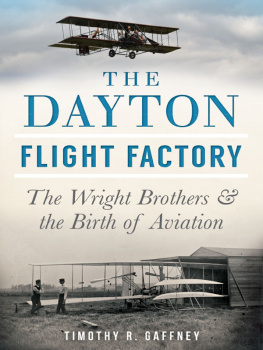

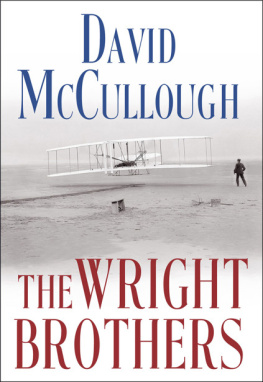





 CHAPTER ONE
CHAPTER ONE 